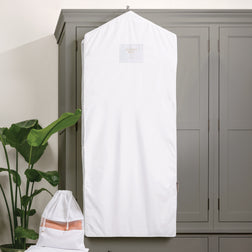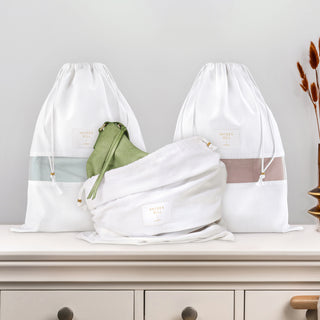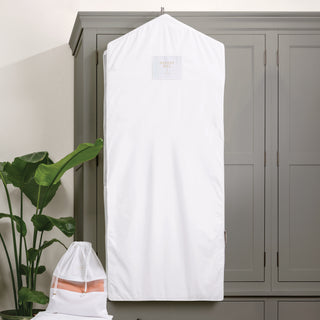The leather industry is a multi-billion dollar industry. Genuine leather products are still in high demand, despite the industry's harsh environmental impact and treatment of animals. However, fashion brands and manufacturers are becoming more interested in cruelty-free leather alternatives that are less harmful to the environment and made without using animals or toxic chemicals.
Prada was recently awarded the 2022 PETA’s innovation prize for their cruelty-free, plant-based leather called Demetra.
This innovation shows that progress is being made toward meeting consumer demands for an end to animal abuse and better sustainability. And, though the demand for vegan leather is growing rapidly, the fashion industry has historically found it challenging to reduce its use of animal leather.
Beyond the moral issues of wearing apparel made of animal skins, leather production negatively impacts the environment. Raising cattle, especially for beef production, requires large amounts of water and land for pasture. An estimated 70% of the Amazon rainforest's trees have been removed during the past 50 years to make space for the required pastures.
There are also concerns about labour standards at tanneries where leather is processed. One concern is tanneries' use of arsenic and other well-known, harmful substances. According to research conducted in Sweden and Italy, workers at leather tanneries have a 20–50% higher chance of developing cancer.
For all of these reasons, it’s important that the fashion industry, as well as its consumers, explore leather alternatives.
Leather Alternatives for Conscious Fashion
The leather industry is a multi-billion dollar industry. Genuine leather products are still in high demand, despite the industry's harsh environmental impact and treatment of animals. However, fashion brands and manufacturers are becoming more interested in cruelty-free leather alternatives that are less harmful to the environment and made without using animals or toxic chemicals.
Cork Leather
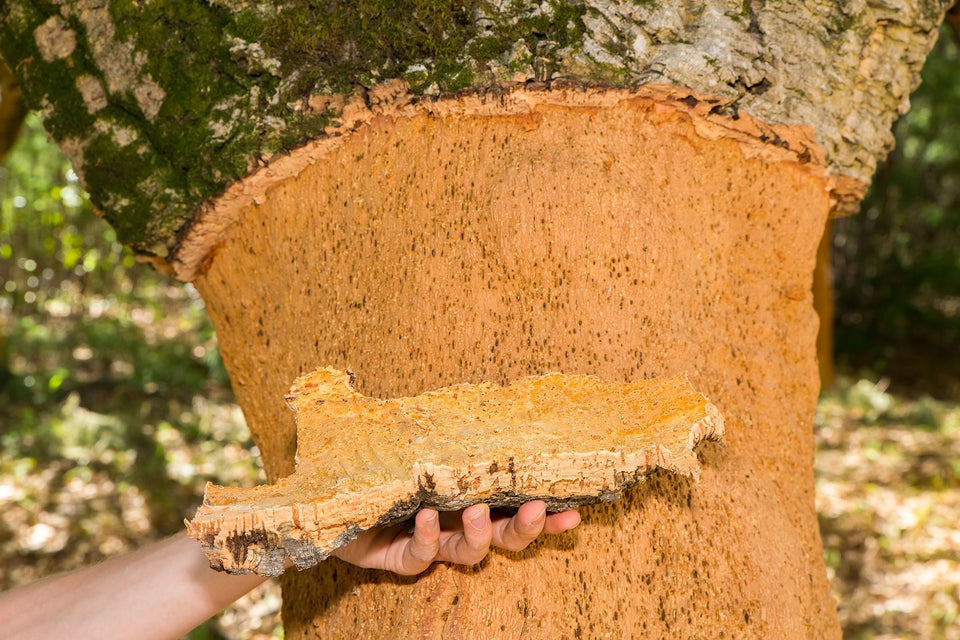
Portuguese artisans, whose home country has some of the best cork woods in the world and a long history of manufacturing leather goods, are experts at processing this animal leather alternative. Primarily found in Mediterranean locations, the bark of the cork-oak tree is the main source for cork material.
It's important to note that the tree is not harmed when the bark is removed. After losing its bark, the cork-oak tree takes around nine years to grow new bark. Cork harvesting is beneficial to the environment, because it lowers greenhouse gas emissions. And, as the bark regenerates, it absorbs a significant amount of carbon dioxide.
To construct leather accessories, manufacturers follow this lengthy process. After being picked, the cork is allowed to air dry for a period of six months. Once dried, it is boiled and steam-treated before being heated and compressed into blocks. This part of the process gives the material elasticity. Then, depending on the use, it may be cut into thin layers to produce a material that resembles leather. One tree can produce about 100 pounds of cork.
Since no chemicals are used during the manufacture of cork leather, the final product is entirely natural, vegan, and sustainable. In addition to being a natural substance, cork is also water-resistant. A waxy component named suberin is found in the cork's cell walls, which naturally renders the material impenetrable. The cork has the additional benefit of being extremely light, with air making up more than half of its volume. This lightness is ideal for accessories like laptop covers, backpacks, and shoes. One of the primary qualities that set cork apart is its softness. Since cork is a natural material, no two pieces are exactly alike, making cork items distinctively unique.
Piñatex (also known as Pineapple Leather)
Piñatex is a leather-like fabric made from pineapple leaf fibres rather than conventional hides or synthetic materials by Spanish entrepreneur Dr. Carmen Hijosa. When Dr. Hijosa lived in the Philippines in the 1990s, she discovered that the locals made garments from the fibres of pineapple leaves. Seeing this inspired Dr. Hijosa. What if she could use pineapple leaf fibres to create a non-woven material resembling leather?
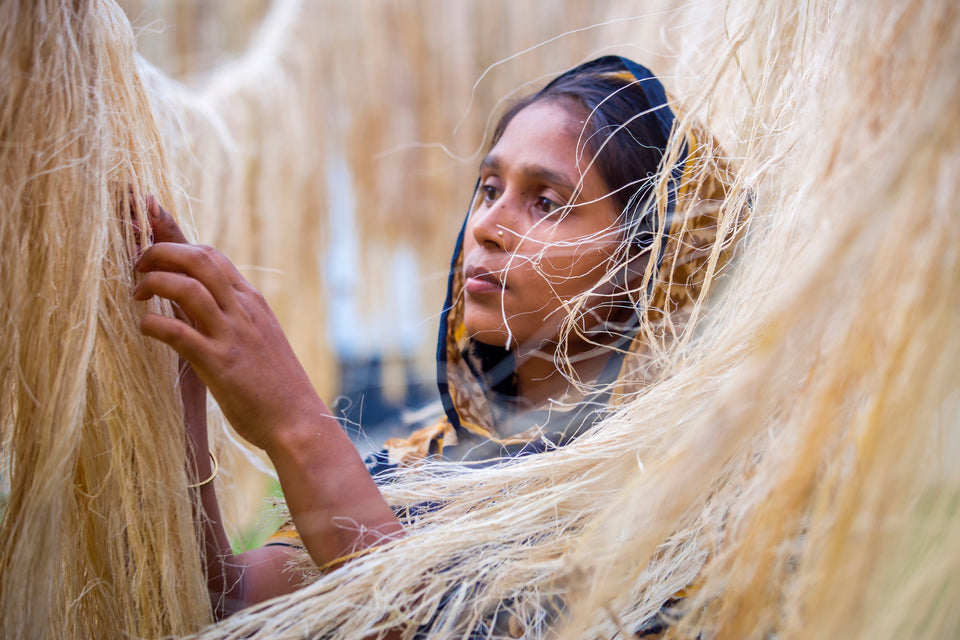
She experimented and found a process that achieved the quality and look she wanted:
- After the pineapples are harvested for their leaves, semi-automatic equipment is used to separate the long fibres from the pineapple leaf.
- Fibres are organically cleaned and sun-dried, and then sent through the purification process.
- The resulting product is combined with a polylactic acid, which is derived from corn, and put through a mechanical process to generate Piafelt. Piafelt serves as the foundation for all Piñatex products.
- Piafelt is shipped from the Philippines to Spain or Italy for professional finishing.
Because the material is naturally derived from pineapple waste, it is more environmentally friendly and sustainable than conventional leather.
Additionally, harvesting and treating the pineapple fibres in the Philippines provides jobs in a low-income region and has little negative influence on the local environment.
Piñatex is substantially lighter than leather and is water-resistant and breathable. It is used to make leather-like clothing, accessories, and furniture.
Desserto (also known as Cactus Leather)
Mexican entrepreneurs Marte Cázarez and Adrián López Velarde wanted to develop a leather alternative that would be both stylish and sustainable. So, they created a new company called Adriano Di Marti to focus solely on creating a vegan substitute for leather that would be manufactured from the nopal plant, a type of cactus. They named their product Desserto.
Native to Mexico, the nopal cactus is a succulent plant. Its prickly, green-tinted leaves thrive without any human assistance. Because nopal is a hygroscopic plant, which means it grows as a result of environmental humidity rather than using any water at all, it does not require an irrigation system like other crops.

The benefits of Desserto are numerous:
- It is as strong as regular animal hides.
- It is soft to the touch.
- It is environmentally friendly because it doesn't require harmful chemicals or heavy metals used in traditional tanning methods.
- It is considered vegan leather since no animals are harmed during harvesting.
The plant can be harvested frequently, because fresh leaves grow every 6 to 8 months. And, the leaves can be removed without harming the plant. Mature leaves are chopped, then cleaned, and finally crushed into a pulp. No additional energy is necessary; the pulp is placed in the sun for three days to dry at the ideal humidity levels. Following the extraction of the plant's protein, it is coloured with GOTS-certified pigments and enhanced with bio-polyurethane.
Up to 68 percent of the finished product is natural and organic. For additional strength and durability, recycled cotton and polyester are included in the final product. Desserto can be used in the manufacture of fashion, leather goods, luxury packaging, and furniture. It is also partially biodegradable.
Vegea (also known as Grape Leather)
A group of Italian entrepreneurs discovered a way for wineries to transform grape marc, which was usually discarded as an agricultural byproduct, into a high-end, vegan leather product. Gianpiero Tessitore, a furniture designer, and Francisco Merlino, an environmental chemist at the University of Florence, founded Vegea in 2016. Their objective was to offer their clients quality leather goods while being environmentally responsible.
To create a leather alternative from grapes, Vegea modified the equipment and technologies already in use in the conventional leather industry. The process begins by drying grape marc, which is a byproduct of wine production. To generate an eco-composite material, the dry grape marc is mixed with vegetable oil and water-based polyurethane. About 2.5 liters out of every 10 litters of wine produced is discarded, which Vegea can use to manufacture 1 square meter of grape leather.
Mushroom Leather/ Mycelium Leather
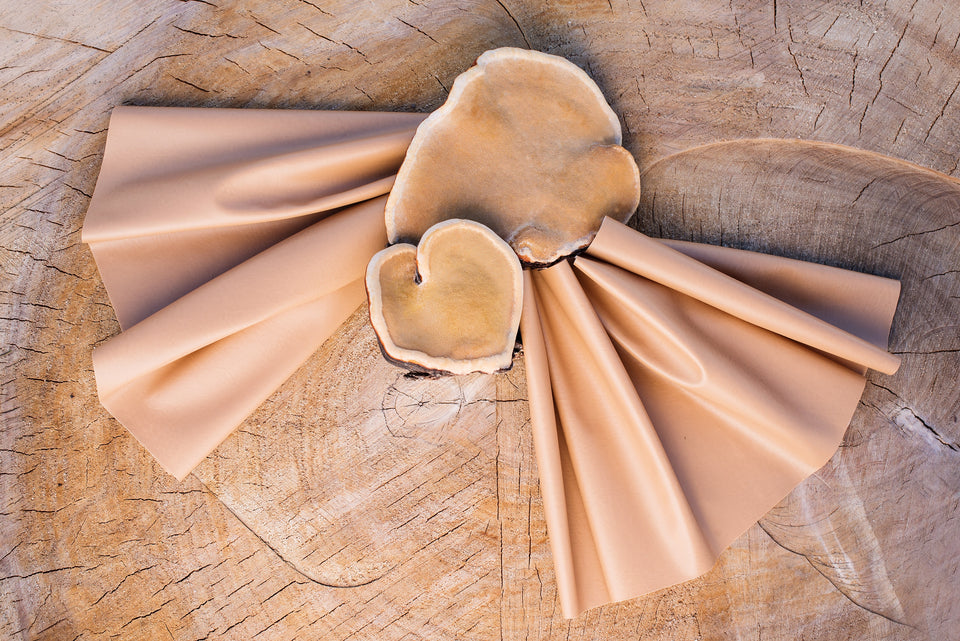
A natural fibre that can be used in place of leather is mycelium. Many scientists and environmentalists agree that this fibre represents the next frontier in technology. Mycelium and leather share many similarities.
Like leather, mycelium is also multicellular. A benefit of using this natural fiber is the ability to customise the mycelium-growing process. Designers can adjust the thickness, strength, texture, flexibility, and other features of mycelium to suit their design.
When compared to conventional leather, mycelium fabric has a significant environmental advantage. Mycelium can germinate in only a few days and does not require significant water or land resources.
FAQs
1. What can I use instead of leather?
Today, there are a number of different leather alternatives that you can choose from when transitioning from traditional animal leather. Vegan leather is rapidly gaining in both popularity and production, so you can find leather alternatives made from pineapple leaves, cork-oak trees, mushrooms, grapes, and cactus leaves, or even apples.
2. What is an eco-friendly alternative to leather?
Cork. This alternative is a unique, robust, and waterproof leather substitute. Cork has recently experienced a meteoric rise in appeal as a cutting-edge fashion material. Cork is not only fully recyclable, renewable, and water-resistant, but it is also strong, light, and simple to maintain.
3. Is there animal-friendly leather?
Polyurethane, a polymer that can be manufactured to any designer's specifications, is frequently used to create vegan leather. It can also be manufactured from creative and environmentally friendly materials like pineapple leaves, cork, apple peels, other fruit debris, and recycled plastic. All vegan leather alternatives are cruelty-free leather alternatives.
Vegan eating has been popular for many years, and vegan fashion has been rapidly gaining popularity among animal rights activists and environmentalists alike. It has been reported that every year, the global leather industry slaughters more than a billion animals and tans their skins and hides. A number of this magnitude has a significant impact on our ecosystem, which is why the development of vegan leather alternatives is important for the future of our planet.

Fortunately, there are companies making leather alternatives whose products are of equal quality and durability to traditional animal leather, so you can achieve the look you want without sacrificing the environment.

